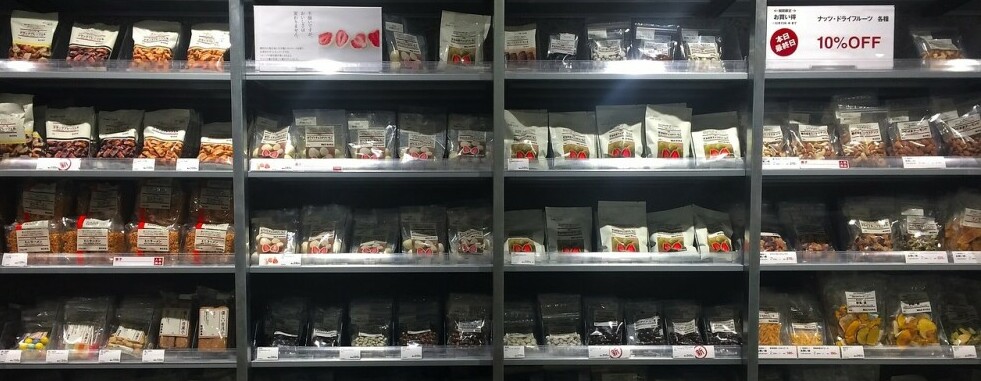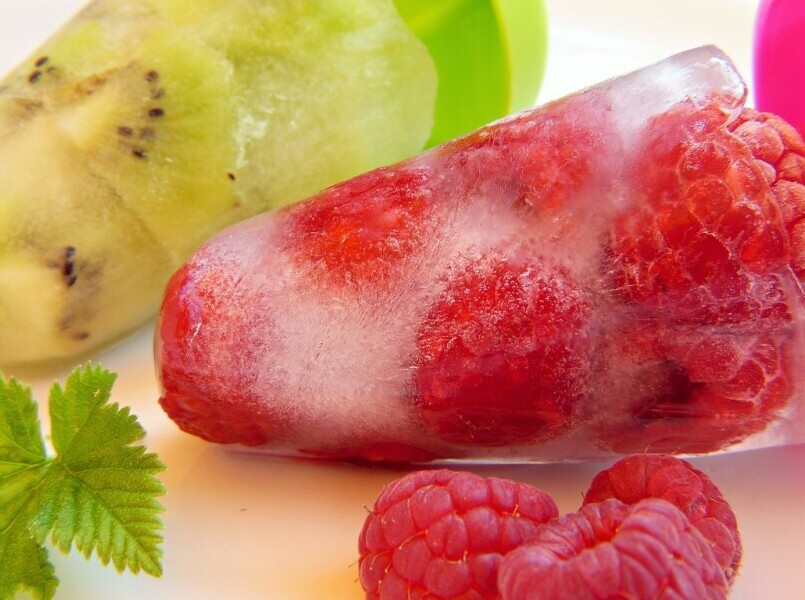
Today, I’m going to be talking about the smartest ways to freeze food. It isn’t just about keeping food from spoiling; it’s also about preserving the taste, texture, and nutritional value. Plus, with the right approach, you can avoid the disappointment of freezer burn and mushy leftovers.
Freezing has been the go-to method for food preservation for decades, becoming especially familiar in the 20th century. It’s a way to extend the life of your groceries, maximize your meal planning, and save time. Giving food the big chill locks in freshness and keeps your favorite eats enjoyable well beyond the confines of ‘best by’ dates.
What’s important to remember is that freezing is a science as much as it is a practical kitchen go-to. Each type of food has its own specific needs when it comes to freezing, which, when done correctly, ensures maximum freshness upon thawing. You might wonder, how has this method stood the test of time? Let me take you on a brief trip through history. Early freezing techniques ranged from storing goods in ice-packed cellars to icehouses. As technology advanced, so did our ability to keep foods frozen for longer periods without losing quality.
In my opinion, the art of freezing isn’t just for large-scale operations like big food manufacturers. It’s something you can master in your home, and I’m here to help you with that. Let’s get ready to explore how you can prep your provisions to withstand the chill and come out in nearly the same condition they went in.
Before the Chill: Prepping Your Provisions
I’m going to walk you through one of the most vital steps in the freezing process: preparation. You see, ensuring your food keeps its flavor, texture, and nutritional value all begins with how you prepare it for its icy hibernation.
Choosing the right type of containers and wraps is crucial. Glass containers with tight-fitting lids are fantastic for liquids and stews, while plastic freezer bags and aluminum foil are go-to’s for meats and baked goods. Now, what is vital here is reducing air exposure to prevent freezer burn.
You’re going to find out about portioning food, which can seem like a small detail but trust me, it’s a game-changer. Consider freezing meal-sized portions or individually wrapping items so that you can thaw exactly the amount you need, without waste.
Don’t worry too much about being a labeling guru, but consistent labeling and dating your packages will keep you from playing the ‘mystery food’ game months later. Use a permanent marker to note the contents and the freeze date on each package.
Blanching vegetables might sound fancy, but in my opinion, it’s a non-negotiable step before freezing. The quick boil followed by a plunge in ice water halts enzyme reactions that can mess with flavor and texture. Just dry them well afterward or you’ll get ice crystals.
So this brings the question: How does proper preparation impact the freezing process itself? Coming up next, we’ll dive into the various techniques for peak preservation and how these initial preparation steps lead to better frozen food quality.
The Freezing Process: Techniques for Peak Preservation
Now, you’re going to find out about the actual freezing process. This isn’t just about sticking food into the cold zone and hoping for the best; it’s about using techniques that preserve taste and texture. I’m here to help you understand the distinction between the common methods of freezing and their importance for keeping your food at its peak quality.
Freezing doesn’t mean one-size-fits-all. You’ve got slow freezing, the usual suspect when you pop your food into the typical home freezer, and then there’s quick freezing, which you might have heard being used in commercial settings. Quick freezing creates smaller ice crystals, which is key because it better preserves the food’s cellular structure. So, if you have an option for a fast freeze setting on your appliance, go for it.
You’ll want to make sure your freezer is set to the right temperature. Zero degrees Fahrenheit (-18 degrees Celsius) is ideal for maintaining food safety and quality. Keeping your freezer at a consistent temperature ensures that the food freezes uniformly. If you’re planning a big freezing session, consider lowering your freezer temperature a few hours beforehand to give it a head start.
Ever wondered about those frosty crystals that appear on your food? That’s freezer burn. It usually means air got to the food, drying it out and impacting flavor. To prevent this, make sure your food is packed airtight. Using proper containers and wraps is a must, and you might even want to double-wrap for that extra layer of protection.
How you arrange your food in the freezer can make a big difference. Don’t stack it all in one go; instead, spread out items in a single layer for even cooling and faster freezing. Once they’re solidly frozen, you can go ahead and stack to save space. Remember, cool air needs to circulate around the food, so don’t pack it too tight.
Transitioning smoothly from the freezer to preparing a meal is just as important as the freezing step. So now you know how to freeze your food properly, let’s talk about how to bring it back to your plate. In the next section, you’ll learn about thawing and cooking, ensuring safety and deliciousness from freezer to feast.
Thawing and Cooking: From Freezer to Feast
 You’ve mastered the art of freezing, but let’s not forget the final act: bringing your frozen foods back to life. Safe thawing is crucial, not just for taste, but also for safety. You want to ensure that every bite is as delicious and safe as the day you froze it.
You’ve mastered the art of freezing, but let’s not forget the final act: bringing your frozen foods back to life. Safe thawing is crucial, not just for taste, but also for safety. You want to ensure that every bite is as delicious and safe as the day you froze it.
There’s good news for those spontaneous meal preps. Cooking from frozen is possible and can yield delectable results, especially with items like vegetables and certain cuts of meat. I’ll share which foods are best suited for this and why.
Timing is everything when it comes to defrosting. Plan ahead and you’ll reap the rewards of flavorful, texture-rich foods. Whether it’s setting aside the right amount of defrosting time, or knowing the best methods for your ingredients, I’ve got you covered.
Most importantly, always cook thawed foods to their safe internal temperatures. This isn’t just good practice; it’s your guarantee for safe and hearty meals. If you follow these tips, you’ll turn your frozen treasures into culinary delights with ease.